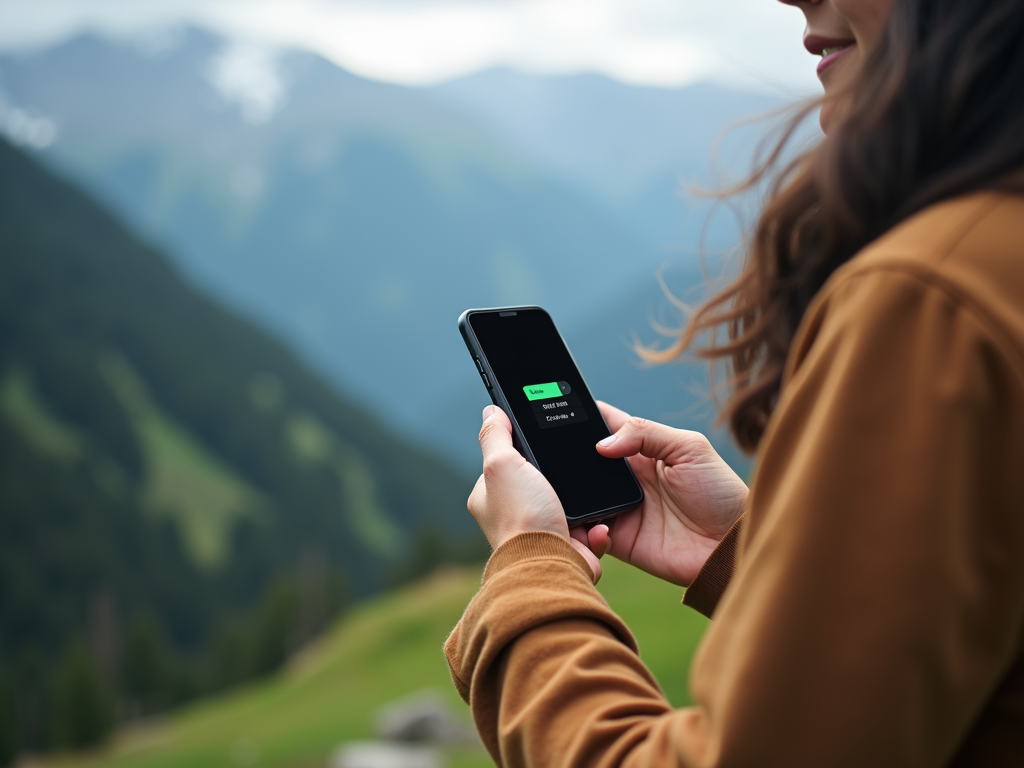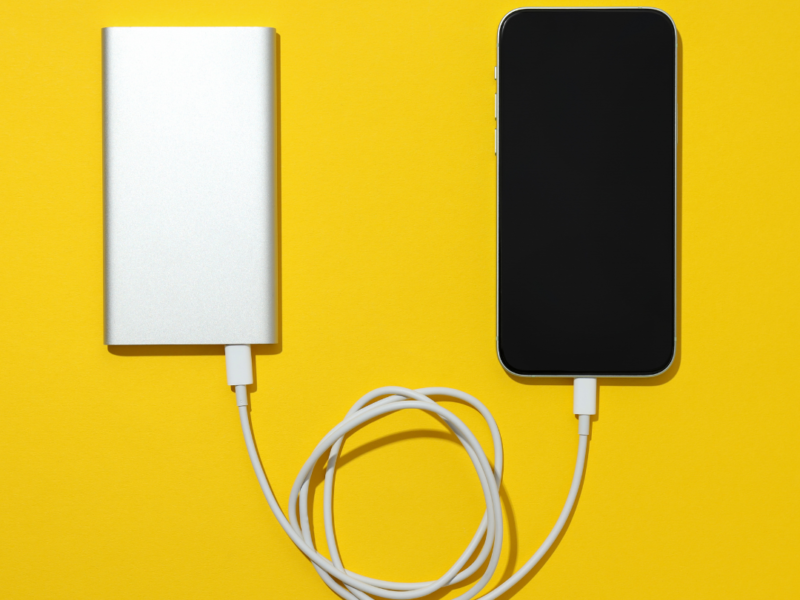Ever been stuck in a dead zone right when you needed a strong mobile connection? Whether you’re trying to upload a file from your home office or connect your hotspot on the road, a weak signal doesn’t just slow you down; it can bring everything to a stop.
For anyone who relies on mobile broadband for work, communication, or daily life, poor reception isn’t just annoying. It’s a real problem. But there’s a fix that doesn’t involve changing providers or waiting for better coverage in your area.
It’s Not Just About Where You Are
Mobile signal issues aren’t always about distance from a tower. In fact, you can get a weak connection in the middle of a city, a busy office, or a solidly built home.
What’s usually to blame?
- Construction materials – Concrete, steel, and energy-efficient windows block signal.
- Network congestion – Lots of devices using the same tower slow everything down.
- Interior layout – Even furniture and appliances can interfere with your connection.
- Device limitations – Some routers, hotspots, or phones have weaker antennas.
This all adds up to slower speeds, delayed messages, interrupted video calls, and lost productivity.
Signal Boosters: What They Actually Do
Signal boosters don’t create a signal; they take an existing one from outside, amplify it, and broadcast it inside your space. You get stronger, more stable mobile broadband across your devices.
They’re commonly used to:
- Improve hotspot speed and performance
- Strengthen mobile broadband for remote or home offices
- Reduce data dropouts on connected machines like ATMs or surveillance units
- Support failover systems that rely on cellular backups
- Keep fleets and first responder vehicles connected on the move
If you’re trying to find signal boosters that actually work in the real world, not just in theory, placement, type, and compatibility all matter — and getting those right can be the difference between barely connected and fully online.
One Device or Many? It Depends on Your Setup
Not every booster is built for the same job. Some are designed for a single device, while others are designed for full buildings or vehicle fleets. Here’s how it usually breaks down:
Single Device Boosters
These are perfect if you need to boost signal for just one phone, hotspot, or router. They are common in vehicles, remote equipment, or individual setups, such as a home worker using a 4G LTE modem.
There are two types:
- Direct connect – These plug into the device’s antenna port for the strongest connection possible. Great for machine-to-machine setups, hotspots, or USB modems.
- Cradle-style – These boost signal wirelessly, usually by resting the device in a cradle. Easier to use and ideal when portability is a concern.
Multi-Device Boosters
These cover entire spaces—offices, homes, trailers, even small warehouses. A single unit can improve mobile broadband performance for multiple devices at once.
Some can handle coverage areas up to 15,000 square feet. If your business depends on mobile broadband or you’re trying to avoid constant connection issues in a shared space, this is where these bigger boosters really shine.
Yes, Failover Matters Too
Many businesses run cellular failover to back up their primary internet. When your wired connection drops, a mobile network kicks in automatically. But here’s the thing: failover is only reliable if the cellular signal is strong enough to carry the load.
That’s another place where boosters come in. They make sure your mobile backup isn’t just a nice idea; it’s a real solution that can keep things running smoothly when your main connection goes down.
Setup Isn’t Complicated, But Details Matter
You don’t need an engineering degree to install a signal booster. However, you do need to consider placement and purpose. The key components are:
- An outdoor antenna – Grabs the signal where it’s strongest (usually roof-mounted).
- An amplifier unit – Boosts the signal strength.
- An indoor antenna – Rebroadcasts the stronger signal inside.
For single-device boosters, it’s even simpler; just a cradle or a direct cable connection is enough.
It’s worth taking the time to test signal strength in different locations before mounting anything. Even a small shift in placement can make a big difference in performance.
Who Can Benefit the Most?
Signal boosters are useful in more places than people realize. It’s not just remote cabins or people trying to call home from a steel barn.
They’re a smart move if:
- You use a mobile hotspot as your main connection
- You rely on LTE routers for internet at home or in a business
- You need to support multiple users on one cellular connection
- Your job takes you to different sites or into a vehicle with spotty reception
- Your failover setup needs more stable backup connectivity
With the right setup, signal boosters can transform frustrating dead zones into fast, steady coverage, without requiring the need to tear into walls or run new lines.
A Smarter Way to Stay Connected
Reliable mobile broadband is no longer a luxury. Whether you’re working remotely, running smart devices across multiple locations, or just trying to make sure your hotspot doesn’t crash during a meeting, signal strength matters.
Signal boosters fill the gap when your devices need more power and stability than a standard connection can provide. They help you stay connected in the places that matter, whether that’s your office, your home, or a moving vehicle on the highway.
And when you’re looking to find signal boosters that truly match your needs, the key is to understand how many devices you’re trying to support, what kind of setup you have, and where your signal is weakest.



